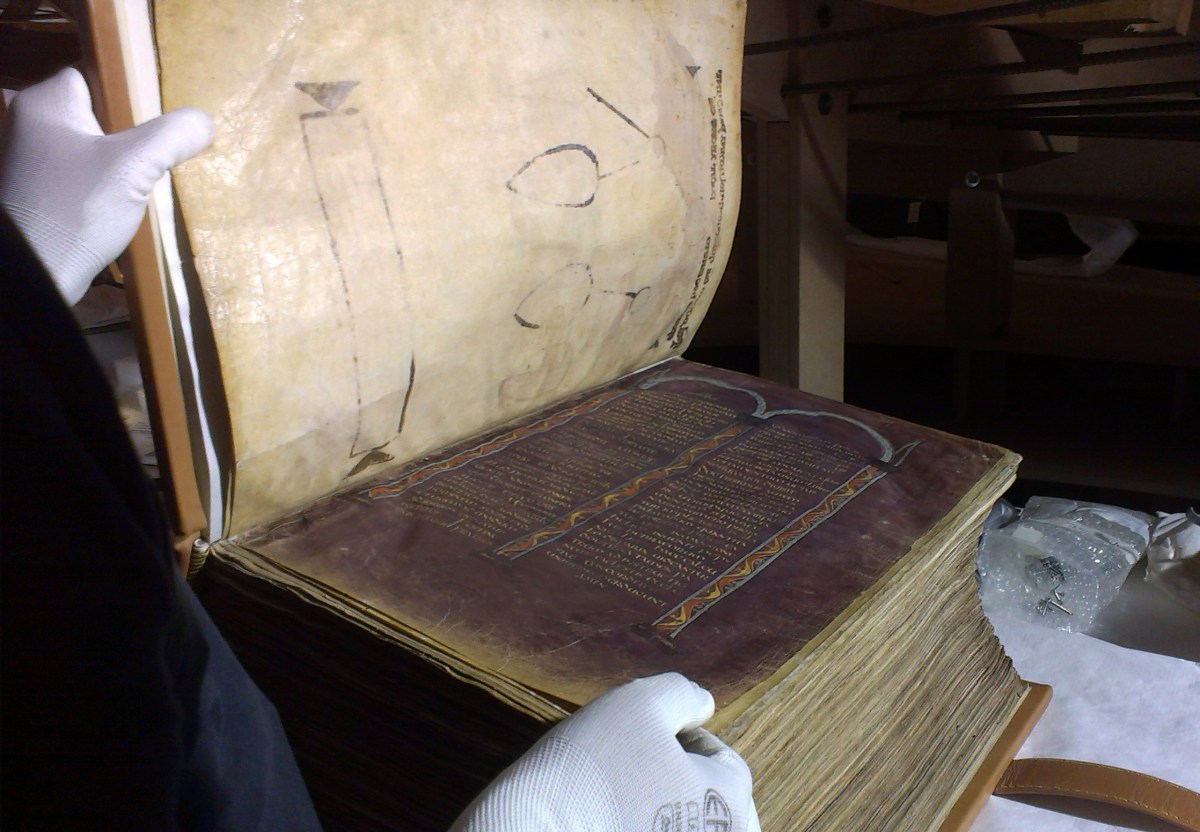A small church in Kent holds some clues to the spread of English Christianity
Lenten Campaign 2025
This content is free of charge, as are all our articles.
Support us with a donation that is tax-deductible and enable us to continue to reach millions of readers.
When St. Mary and St. Ethelburga Church in Lyminge took on the task of updating the grounds to be more accessible to those with disabilities, the parish knew they were in for an archaeological treat. Just breaking ground deep enough to lay the walkway led to the discovery of a silver penny of King Edward I, minted around the turn of the 14th century, as well as the remains of a young boy, which would be reburied away from the work.
With this discovery, the parish got the archaeology bug and began a church-wide excavation, which has now uncovered a much older Anglo-Saxon building. The earlier building was originally studied by a barrister named George Jenkins, who owned the property for a time in the 1850s and whose work is documented on the website of Pathways to the Past, a community-based project that explores the legacy of Ethelburga, an early Anglo-Saxon queen consort of Northumbria.
Back in late 2019, BBC reported that experts from the University of Reading worked with the community to carry out the work. Excavation director Dr. Gabor Thomas then noted that this was the first excavation of the site since the mid-19th century, and he expected that bringing modern technology to the work would be “hugely beneficial.” Of the site, he said: “The level of survival on this site is more than I had hoped for.”
The team identified the remains of an early Christian monastic settlement, which could give insight into the development of the Anglo-Saxon society after the introduction of the Christian faith. Along with this, they discovered a fragment of the west wall, which Jenkins never found, which gives them the precise dimensions of the old stone church.
The experts from the University of Reading believed the church was founded by Queen Ethelburga, based on its similarity to other churches in the area known to have been similarly built. They also discovered a small annex discovered on the north side of the ruins that fits the description of Ethelburga’s tomb; however, documentation exists of the relocation of her remains, so they do not expect to find the queen.
The excavation also showed a distinct connection to France. All throughout the ruins are examples of pink mortar, which comes from the crushing of lime with bricks. This indicates that during construction in the 7th century, stonemasons were brought in from France, where this rose-mortar was common. The excavation of a seemingly insignificant early church provided clues to the international relationship between England and France stretching back over 1,200 years.
Make sure to visit the slideshow below to discover some of the most impressive treasures of Anglo-Saxon England.











